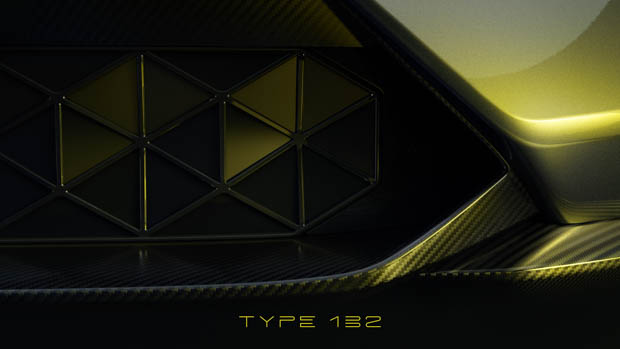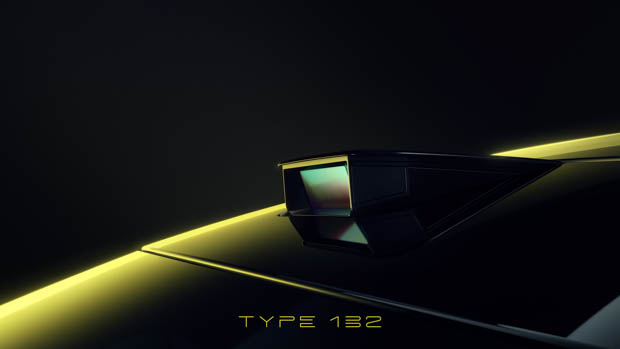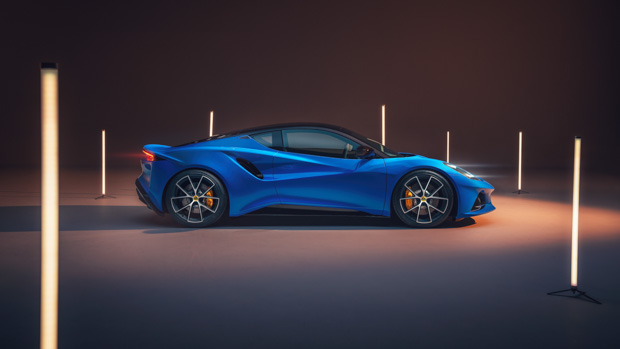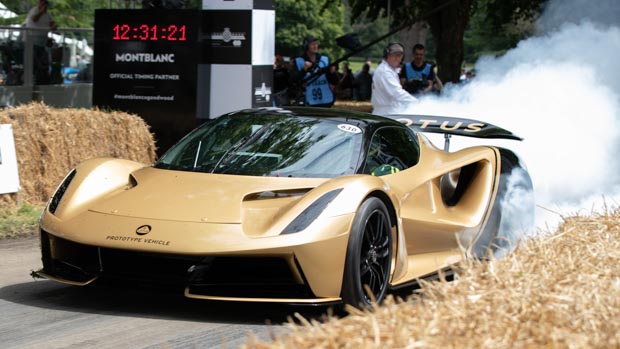-
Car Reviews
- All reviews
- Midsize SUVs
- Small cars
- Utes
- Small SUVs
- Large SUVs
- Large cars
- Sports SUVs
- Sports cars
- Vans
Latest reviews
- Car News
-
Car Comparisons
Latest comparisons
- Chasing Deals
Lotus’ first SUV will likely be able to go close to full autonomy thanks to some clever onboard technology
The Lotus Type 132 will be the first-ever SUV from the Hethel-based bespoke British manufacturer – and it’s likely to be something special.
Set to launch sometime in 2022, the Type 132 SUV is one of four new models slated for release by Lotus by 2025 along with the already announced mid-engined Emira sports car.
While specifics are few and far between, the Type 132 is expected to be a large SUV based on a dual-motor battery electric platform, though there is an outside chance that a Toyota-derived V6 hybrid powertrain could also be offered..
One of the more obvious features seen in recently-released teaser videos and photographs released by Lotus is an electronic active shutter grille which helps aid cooling but at the same time can “enhance frontal aerodynamics”, according to the manufacturer.
But the standout is the adoption of a Lidar system which retracts back and forth out of the roof to enhance the car’s drivability and autonomous systems.
The big question is this: what is Lidar and why is it finding its way into modern cars?
Lidar stands for Light Detection and Ranging and is a system that uses bouncing light beams to create 3D imagery of the world around us. It is commonly used in modern mobile phones as well as surveying, geology and even forestry.
But Lidar has also found its way into autonomous cars and has been in development alongside the automotive industry for quite some time.
The reason? While regular cameras work well in bright conditions, in dark or overcast conditions they can fail to pick up incoming objects that might be coming within an impact zone of a car.
Lidar, on the other hand, can ‘see’ far better than the human eye and can 3D map the path ahead to check for potential hazards – even in the pitch dark.
Lidar systems have gone from bulky roof mounted systems to now sleek and streamlined units that sit flush with the roof panels of a car.
Some, just like the Lotus Type 132, are fully retractable to the point where you wouldn’t be able to tell it was there.
The system has come under some criticism though, especially from Elon Musk and Tesla, who called Lidar a “fool’s errand” and said that anyone who relied on the tech is “doomed”. Tesla decided earlier in 2021 to abandon radar and Lidar approaches in favour of relying only on camera-based autonomy systems.
Despite this, Tesla itself has been spotted this year testing Lidar systems produced by Luminar.
Latest news
About Chasing cars
Chasing Cars reviews are 100% independent.
Because we are powered by Budget Direct Insurance, we don’t receive advertising or sales revenue from car manufacturers.
We’re truly independent – giving you Australia’s best car reviews.



